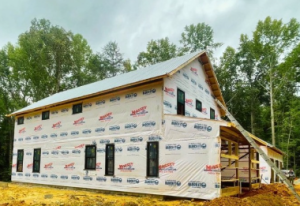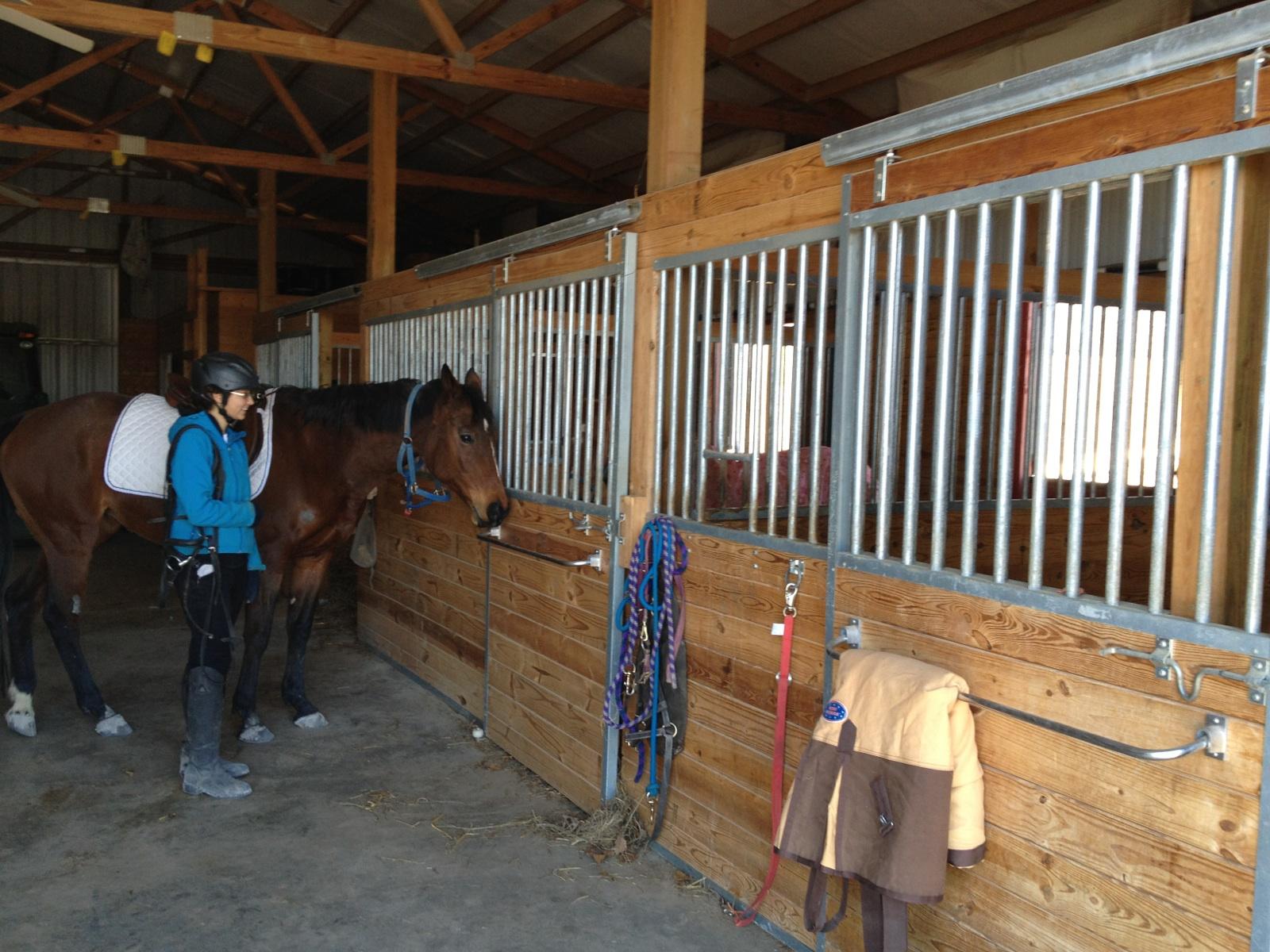Condensation Even With Radiant Barrier Installed Under Roof Steel
It seems every winter I get a few messages similar to this, So far, this winter, I have gotten two, both from newly constructed post frame buildings and from the same area of the United States (which is known for high humidity).
Reader SAM in GREENBANK writes:
“Hi there. I’ve almost completed the building, and It’s been getting cold lately. I noticed that every time we have a frost I have condensation drips all over inside the barn. I was under the impression that the foil backed bubble wrap was supposed to prevent this. Is there something I can do to stop it? Is this normal? I’m having to keep all my tools under cover even though they are inside. Not ideal.”
Mike the Pole Barn Guru Responds:
The radiant reflective barrier does keep warmer moist air from contacting the underside of the colder roof steel and condensing. If it has been below freezing inside your building, and fairly humid, water vapor will freeze to the underside of the barrier as well as the roof framing members. Most often the excess humidity is a product of a relatively freshly poured concrete floor (tremendous amounts of water vapor are expelled from a concrete slab as it cures), a concrete floor which does not have a well sealed vapor barrier beneath it, or (in buildings without a concrete floor) the ground under your building will not freeze and when the ground outside starts to freeze the excess ground moisture rises inside of the building (think of a cork being removed from a bottle).
Possible solutions (may have to be used in combination): heat the building to just above freezing, open the doors to allow excess moisture to escape (especially in cases with a fairly fresh pour or no slab), if no vapor barrier under a slab – seal the surface of the slab to prevent moisture from coming through. Basically it takes a reduction of humidity inside of your building.
 In cases where eave and ridge ventilation was not provided for initially, adding gable vents might help to alleviate some of the interior humidity. When I was a builder, we erected a boat storage building over (we found out later) what had been a pit where asphalt waste from old roads had been deposited. Water sat in between the chunks of asphalt – we had basically built over an underground lake!
In cases where eave and ridge ventilation was not provided for initially, adding gable vents might help to alleviate some of the interior humidity. When I was a builder, we erected a boat storage building over (we found out later) what had been a pit where asphalt waste from old roads had been deposited. Water sat in between the chunks of asphalt – we had basically built over an underground lake!
The only solution was for the owner to install power vents to pull the humidity out of the structure!








